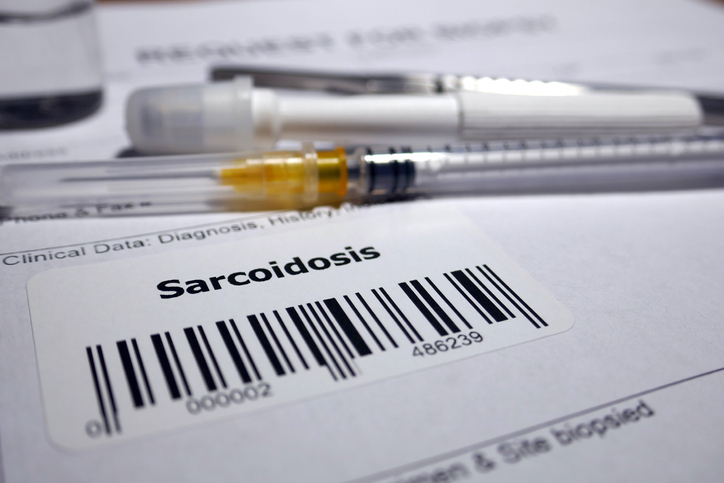Pain
Conventional Medical Treatments for Sarcoidosis

1 person found this helpful
Print
Share
Save
What is sarcoidosis?
Sarcoidosis is an inflammatory disease characterized by the formation of small collections of inflammatory cells (granulomas) in one or more organs. These growths most commonly form in the lungs and lymph nodes, but they can also develop in the skin, eyes, musculoskeletal system, nervous system, heart, liver, or kidneys.
Treating sarcoidosis
In some cases, sarcoidosis resolves on its own. In other cases, symptoms may be mild and not require treatment. However, when symptoms are severe, several conventional medical treatment options are available for the various types of sarcoidosis, including medication, physical therapy, and surgery.
- Medications
The primary goal of medication therapy in the treatment of sarcoidosis is to reduce the inflammation that causes symptoms. A corticosteroid, such as prednisone, is typically the first medication prescribed. Depending on the areas or organs of the body affected by sarcoidosis, corticosteroids can be taken orally, applied topically to the skin, or used via eye drops.
Medications that suppress the immune system can also be used to reduce the inflammation caused by sarcoidosis. These medications include methotrexate, leflunomide and azathioprine. Other medications that may be used to treat sarcoidosis include hydroxychloroquine, chloroquine, tumor necrosis factor-alpha (TNF-alpha) inhibitors, and nonsteroidal anti-inflammatory drugs (NSAIDs). - Physical therapy or pulmonary rehabilitation
Physical therapy may be prescribed to help build muscle strength and reduce fatigue. When sarcoidosis affects the lungs, pulmonary rehabilitation may be prescribed to improve daily function and quality of life. Pulmonary rehabilitation may include exercise training, breathing techniques, and tools to make daily activities easier. - Surgery
In severe cases of sarcoidosis in which the organs are affected, surgery may be necessary. If sarcoidosis affects the heart and causes heart arrhythmias, a cardiac pacemaker or defibrillator may need to be implanted. If the heart, lungs or liver become severely damaged, organ transplantation may be necessary.














